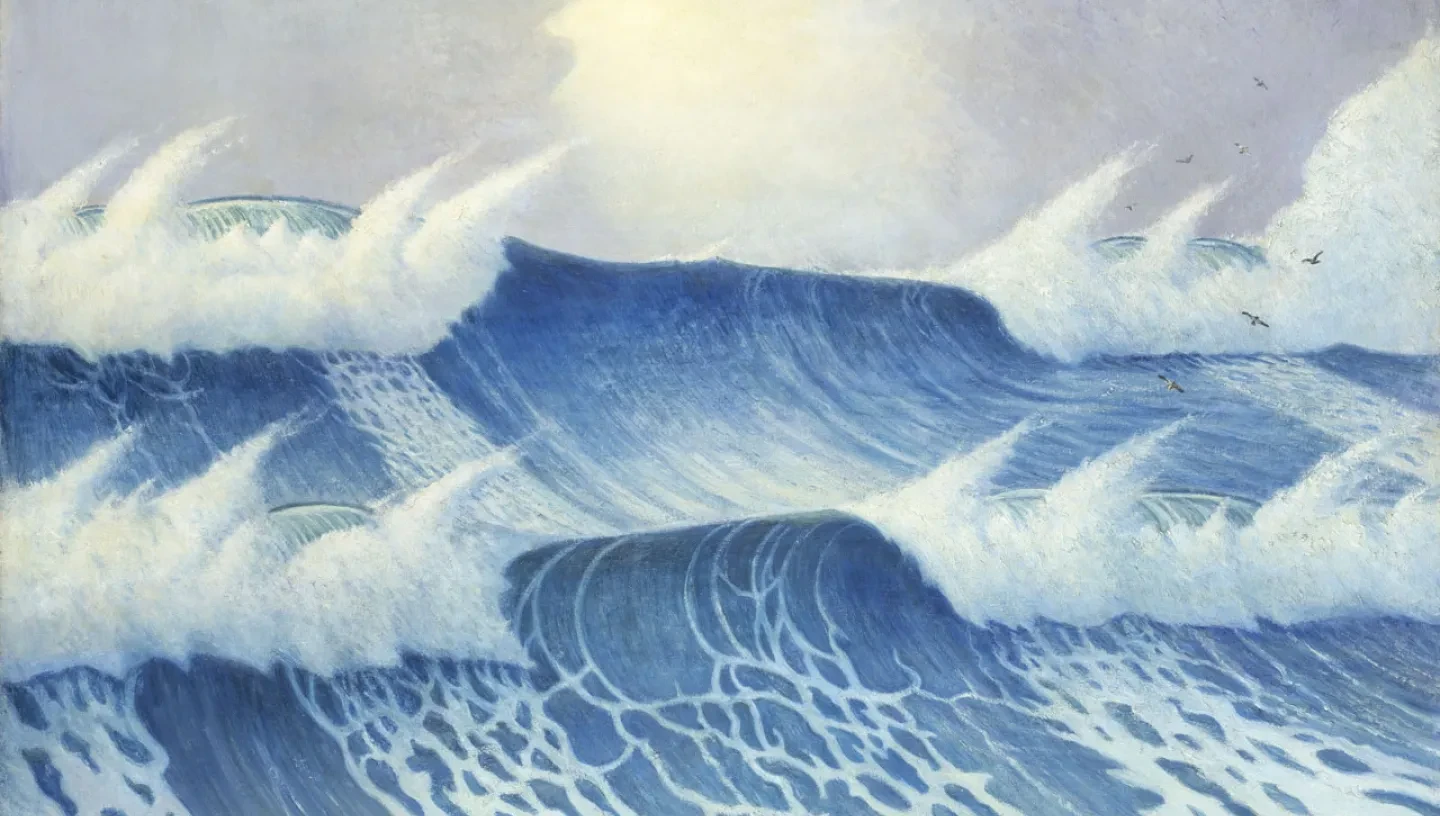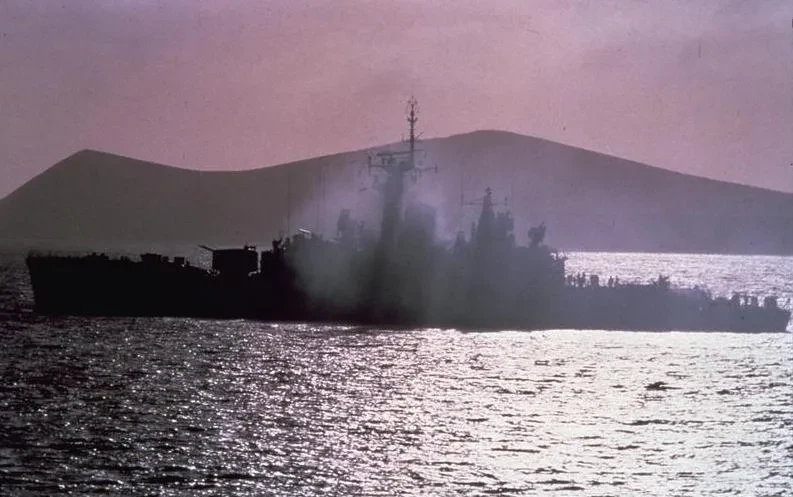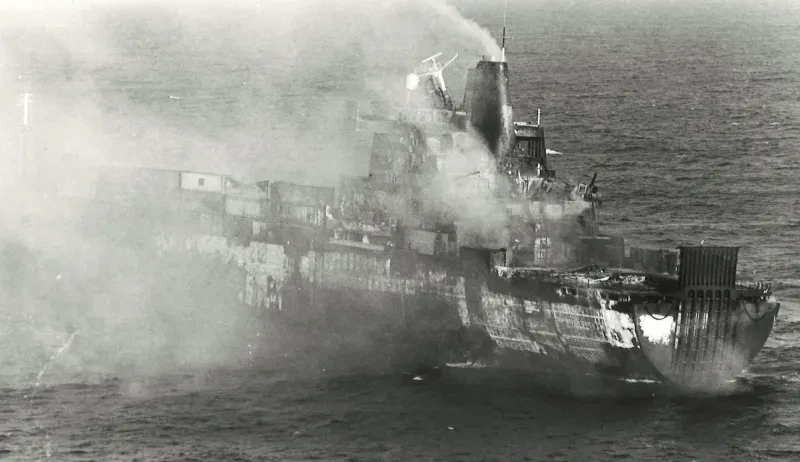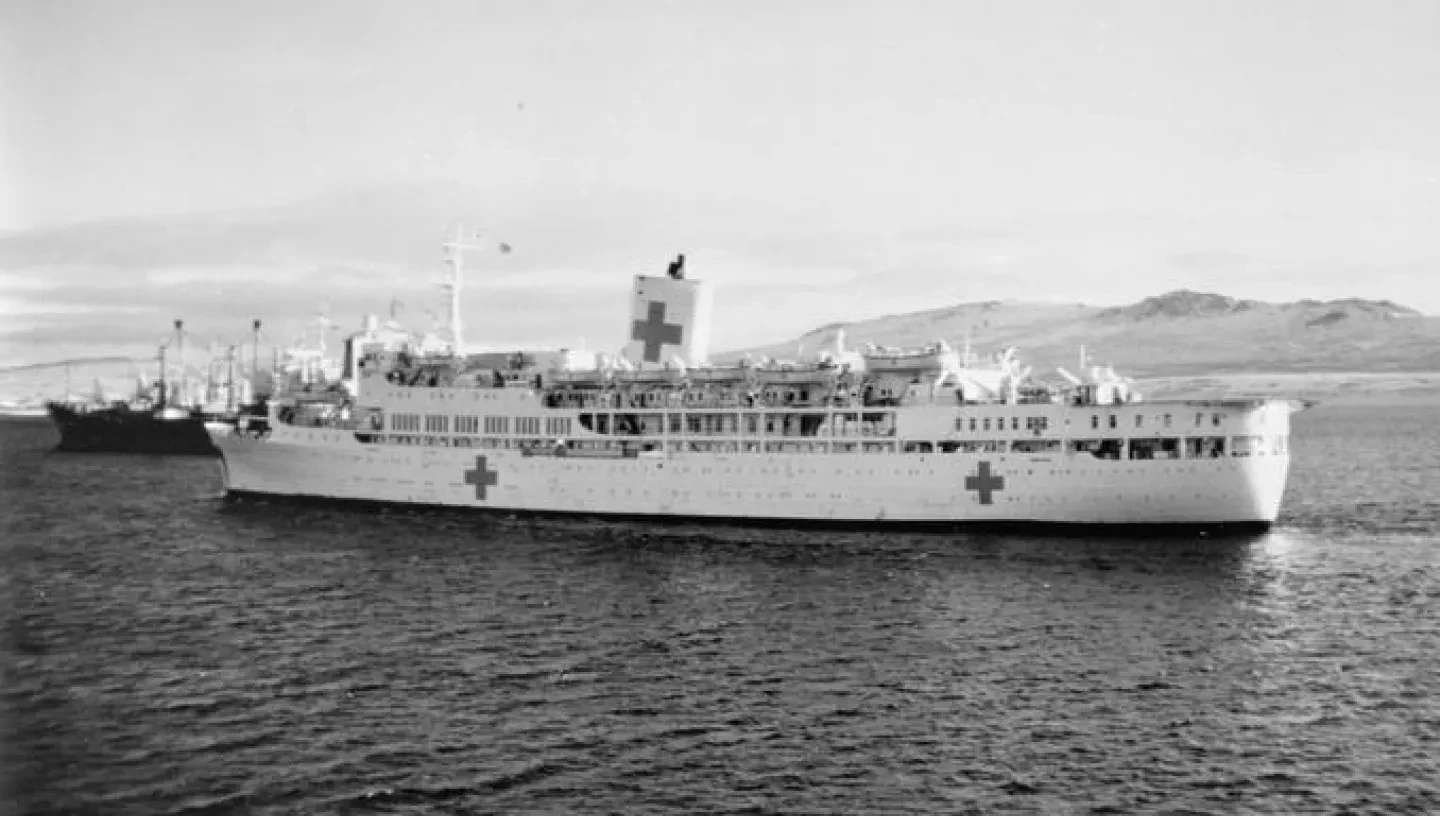
On 2 April 1982, Argentinian forces invaded the Falkland Islands.
Efforts to resolve the conflict diplomatically soon failed, and on 5 April the British government launched an amphibious task force in response. Among the southbound ships were a number of merchant vessels, requisitioned to carry troops, supplies and equipment.
SS Uganda, formerly an educational cruise ship for school-age children, was to serve as a floating hospital throughout the conflict, becoming home to medical officers, nursing officers, nurses and medical assistants. Also on board was the Royal Marines Band, serving as stretcher bearers.
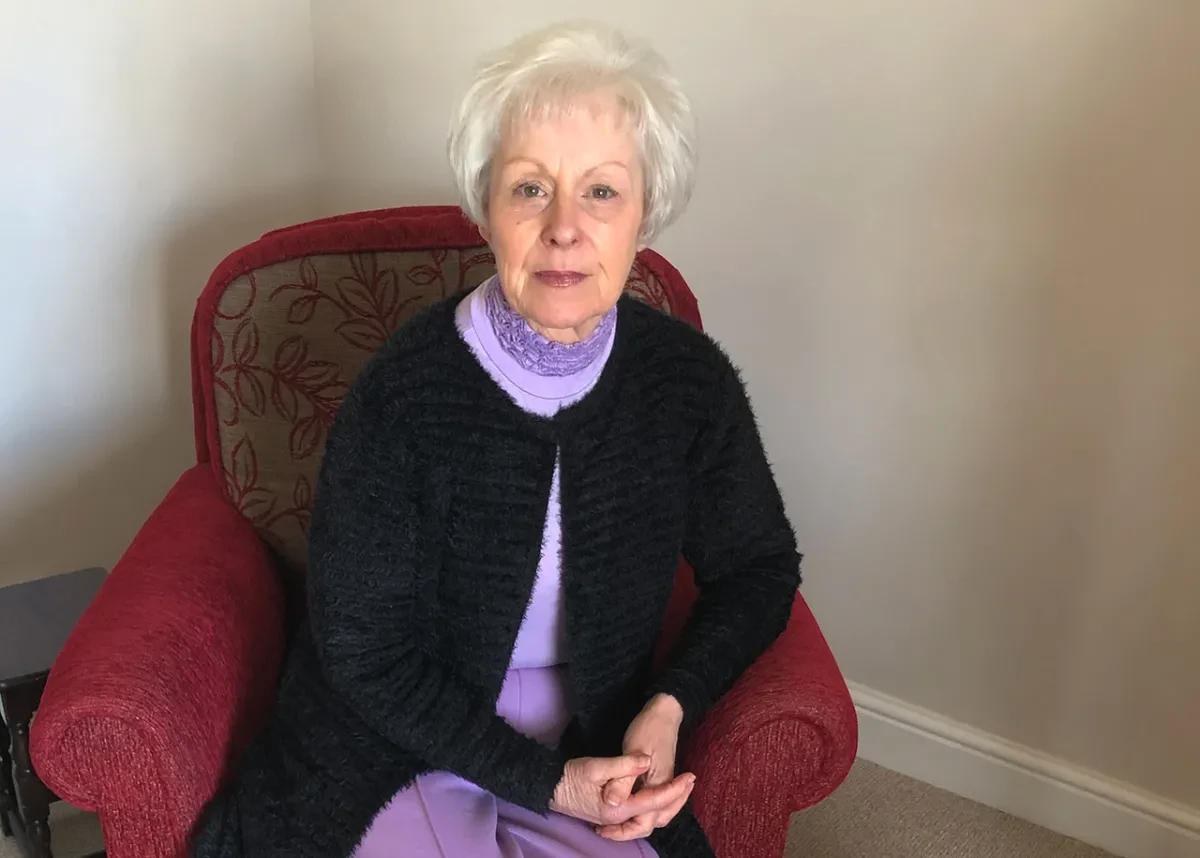
Liz Ormerod (pictured) was a Senior Nursing Officer in the Queen Alexandra Royal Naval Nursing Service (QUARNNS) when she was called up to join SS Uganda. At the time, she was working on the Intensive Care Unit at Plymouth Royal Naval Hospital.
The ship discharged its passengers, including 940 schoolchildren, in Naples, before undergoing significant refurbishment in Gibraltar.
It was also painted white with red crosses, identifying it as a hospital ship and therefore protected under the Geneva Convention.
As part of an oral history project run by the National Maritime Museum, Liz recently reflected on her experiences serving on the Uganda.
In this first extract, she describes the work required to transform the ship into an effective medical facility.
Liz explains how areas that has once been reserved for children and holidaymakers were quickly turned into operating theatres and intensive care units.
At first, Liz assumed they would not be required and that a diplomatic solution would be found. That changed with the sinking of the General Belgrano and HMS Sheffield, from which Uganda received its first casualties. Some of these came directly to intensive care, where Liz was working.
As the conflict expanded and became bloodier, the casualties increased.
The situation became so hectic that staff were forced to abandon seagoing watches and work around the clock. Patients were flown aboard or brought to the ship by the three ambulance vessels, HMS Hecla, HMS Hydra and HMS Herald. These ships also transported casualties from the Uganda to Montevideo where they could be flown back to Britain.
The experience for Liz was very different compared with her work at Plymouth Royal Naval Hospital.
'Here you were dealing with people whose injuries had been inflicted on purpose by someone else. That made it feel quite different,' she says. Listen to more of her experiences treating the injured below.
SS Uganda did not only treat British casualties but also Argentinians.
Many of these were conscripts and very young, with poor equipment. Difficulties in communication were overcome with a hastily developed sign language, but the Roman Catholic padre – one of two ministers aboard – was able to speak Spanish. They were eventually moved to the Argentinian hospital ship.
After the surrender, Liz was able to go ashore on the Falklands but forced to stick to areas where bombs had already been cleared. She recalls significant damage to the cathedral and hospital in Port Stanley, lots of discarded weaponry and general military detritus – and also unbelievable cold.
The moment of surrender was bittersweet for those on Uganda who knew, unlike those on other ships, that they could not yet go home. The hospital and airstrip in Port Stanley needed repair and there were still causalities coming aboard, including those injured by unmarked mines.
When the ship finally received permission to return to Britain, those aboard were euphoric.
Uganda travelled back to the UK with the 1/7 Gurkhas and troops from 16 Field Ambulance. As they had been late to return, Liz did not expect the same reception as had greeted vessels like Canberra and Queen Elizabeth 2 but they would be in for a surprise. The small ships lined up to meet them in Southampton Water made for an emotional return.
Interview and article by Lucy Dale, Curator of Maritime History
Main image courtesy of Imperial War Museums, © IWM FKD 796
